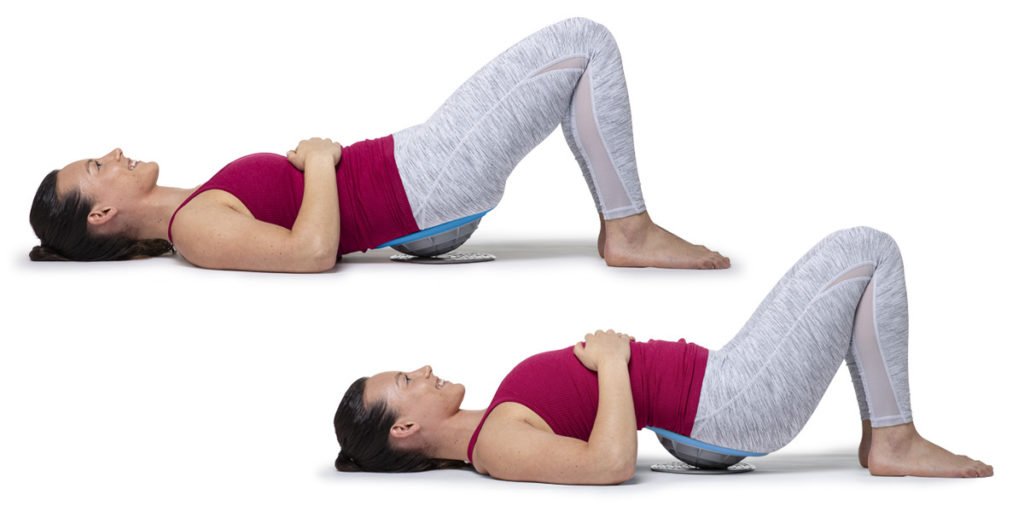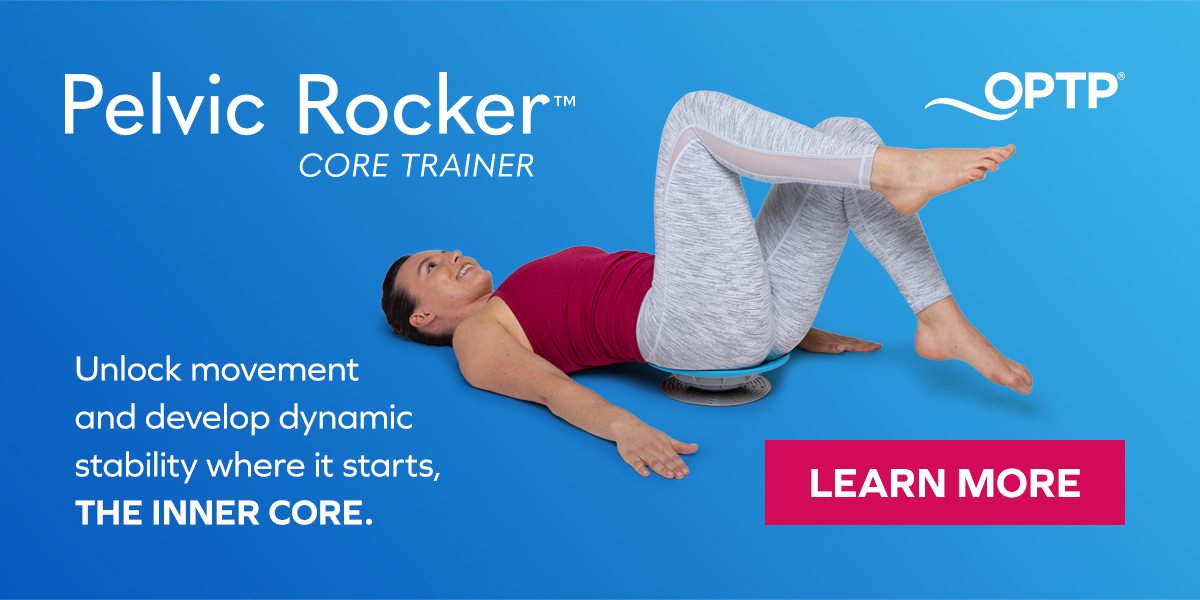
Unlocking the Pelvis
Eight in ten American adults and adolescents do not move enough! This alarming finding from Department of Health and Human Services 2018 research wholeheartedly underscores Physical Activity Guidelines for Americans (2nd edition) recommendations to move more and sit less. Physical activity helps all of us to feel, function and sleep better, and decreases risk of many chronic diseases. We urgently need more aerobic and muscle-strengthening activities, along with greater variety of movement.
Sitting Epidemic
Health and fitness professionals resolutely explore methods to successfully counteract the negative impacts of sedentary lifestyles for millions of Americans. Sitting too much is particularly problematic for the pelvis, which is foundational to the health of our hips, spine and entire body. Excessive sitting frequently leads to restrictions or imbalances in pelvic mobility, detrimentally impacting whole body function. When pelvic muscles are tight or weak, and joint motions are limited, people often benefit from professional guidance for preparatory skills targeting strength and range of motion.
Central Pelvis
The pelvis houses the center of our body mass when upright, integrates with almost all body movements, and its anatomy dramatically impacts our whole-body anatomy. Over 30 muscles attach to the pelvis, sacrum and hips, all affecting the biomechanics of the pelvis. Functional movements like getting down/up and squatting require a coordinated effort of all these muscles, and additionally benefit from attentiveness to breathing, posture, alignment and balance. The pelvis responds to the whole-body communication created through our daily behaviors of how we sit, stand and walk—especially impacted by increasing lack of pelvic mobility during functional movements, as well as reduced hip extension while walking. Encouraging our clients to move more every day can effectively start with purposeful walking, with mindful focus to keep the heel on the ground a little bit longer during each stride.
Embodied Anatomy
Unlocking restrictions begins with physical awareness of the pelvis, and how it moves and functions. First steps include helping our clients locate their two pelvic halves (ilium, ischium, pubis), sit bones, iliac crest, ASIS, PSIS, sacroiliac joints, sacrum and hip joints. When sitting, notice if a pattern exists of leaning body weight forward/back or onto left/right sit bones. With mini-squats, explore pelvic half rotation—placing one hand on the sit bone in back and the other hand on the ASIS. Noticing subtle movements promotes understanding of the widening of the sit bones (and pelvic floor) during squatting, with narrowing of the top front of the pelvis, and then narrowing of sit bones with return to standing. Sitting, standing or lying, discover how sit bones widen during anterior tilt of the pelvis and narrow with posterior tilt.
Improving Mobility and Function
Neurosensory perception during pelvic movement, from body to mind and vice versa, becomes greatly enhanced when using tools that encourage exploration of movement, like the Pelvic Rocker Core Trainer. As people experience anterior/posterior, lateral, and rotational movements of the pelvis, noticing both capabilities and limitations leads to better mobility and function. For example, lying supine with the tool placed comfortably beneath the pelvis, exploring the pelvic clock exercise encourages attentiveness to multiple planes of pelvic movements—12:00 to 6:00, 3:00 to 9:00, 1:00 to 7:00, 5:00 to 11:00, 2:00 to 8:00, and 4:00 to 10:00. Then circle the pelvis, as if slowly rolling a marble clockwise to touch each number of the clock and reverse the circles counterclockwise. Adding hip hinge and side splits exercises benefit pelvic and hip mobility, together with dynamic core stability. Active sitting exercises with this type of fitness tool additionally promote deep core and pelvic floor muscle training, allowing release of lower back muscle tightness and tension, unlocking the pelvis and improving daily function.
